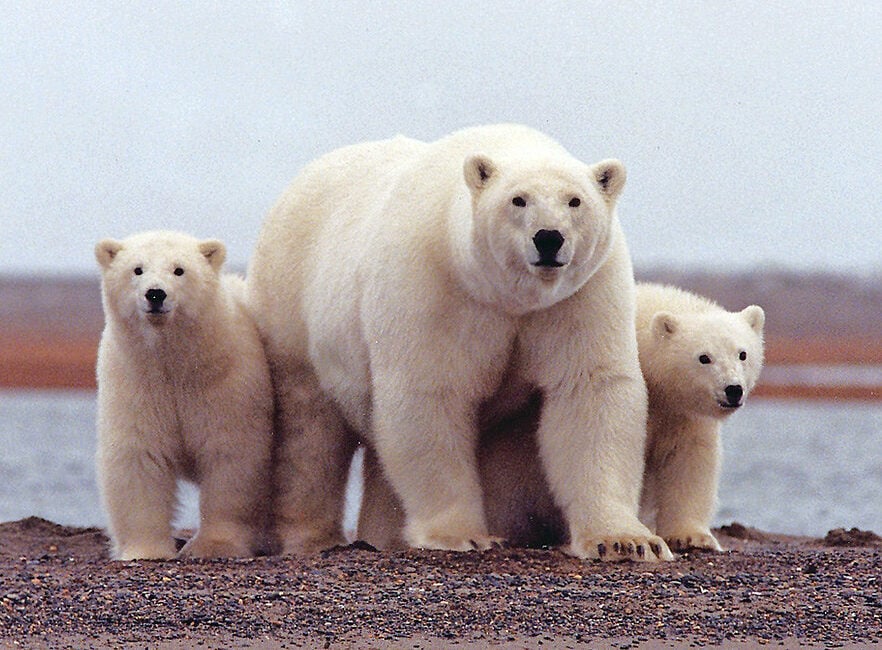In the fight against natural disasters —like wildfire, floods and drought — beavers, artificial intelligence and satellites seem like an unlikely team of heroes. But when a group of Google employees reached out to a Minnesota scientist with the idea to teach computers to spot beaver habitats from space, it didn’t seem so crazy.
“If we could teach students or researchers to do it, I felt like we could teach a computer to do it,” University of Minnesota researcher Emily Fairfax told CBC’s As It Happens. “And if anybody knows how to do that, it’s going to be Google.”
Now, Fairfax and her team of engineers, scientists and conservationists are using the Earth Engine Automated Geospatial Elements Recognition (EEAGER) to map beaver infrastructure across California. Beavers are ecosystem engineers that build dams, ponds and wetlands that store millions of litres of water. These areas collect water on the surface and underground, meaning plants have access to water during periods of drought and are too wet to burn during wildfires.
EEAGER identifies what is and isn’t a beaver dam using artificial intelligence, giving conservationists direction on how effective beaver introductions are as well as where to introduce them further.
Similar work is being done in Canada, as part of a human (rather than AI) powered project called Beavers from Space.








